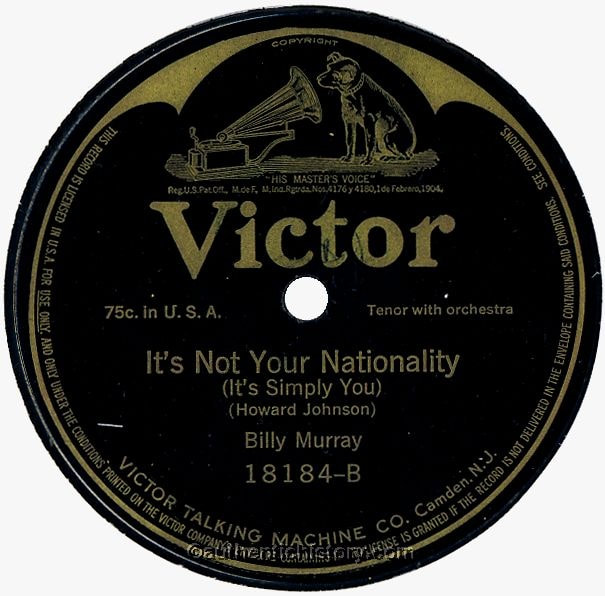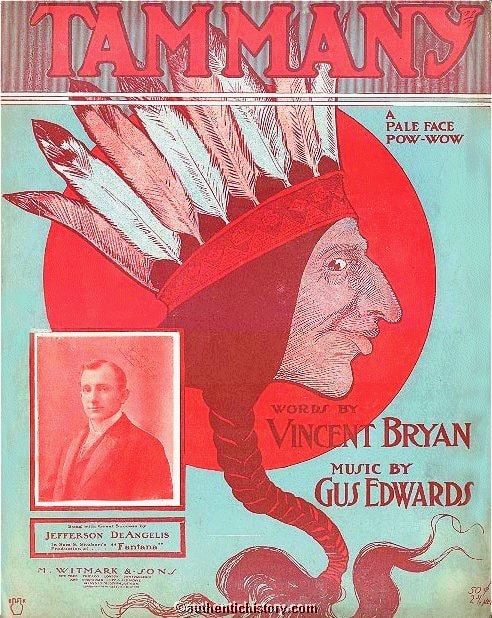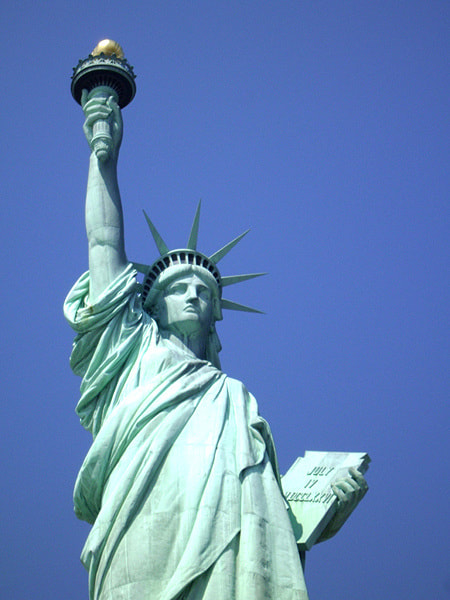ObjectivesHow 19th Century industrialization led to urbanization and a distinctive urban culture in the United States.
• How natural disasters and human responses to such disasters have influenced patterns of migration and settlement (e.g., Galveston hurricane of 1900, San Francisco earthquake of 1906, Johnstown flood of 1889 and Hurricane Katrina). • Why and how various national, cultural, and/or ethnic groups decided to immigrate to the United States at specific times since Reconstruction (e.g. Eastern and Southern Europeans from 1900-1920, Asians and Latin Americans from 1970-2010). • How and to what extent the immigration of various Eastern Europeans influenced the industrial, urban and cultural development of particular cities and regions at the turn of the 20th Century (e.g., Chicago’s packing houses, New York’s garment industry, and Cleveland’s steel mills). • How the “huddled masses” of “new” immigrants were processed at ports of entry such as Ellis Island and Angel Island, and how that process impacted the lives and cultural contributions of immigrants to the United States. • How traditional nativist attitudes impacted various groups of immigrants and the cultural development of the United States (e.g., Italians, Roman Catholics, Chinese, Mexican and Muslim) • How immigration groups benefited from the services of individuals and public institutions during the late 19th and 20th Centuries (e.g., Jane Addams, University Settlement Society of New York and YMCA movement). • How and to what extent the Social Gospel Movement and its participants responded to rising social tensions and injustices of the late 19th Century. • How and to what extent the settlement house movement and its participants responded to rising social tensions and urban problems of the late 19th Century (e.g., Jane Addams and Ellen Starr’s Hull House in Chicago, Lillian Wald’s Henry Street Settlement in New York). • How various federal immigration laws affected specific groups of immigrants since Reconstruction (e.g., Chinese Exclusion Act of 1882, Immigration Quota Act of 1924 and Immigration Act of 1965) • How and why “political machines” at the state and local levels of government used patronage and favoritism to win the support of big business and working class voters. (e.g., Boss Tweed and Tammany Hall in New York, James Pendergast of Kansas City and Ed Crump of Memphis) • How and why the United States became more industrial and urban during the 19thCentury and to what extent rapid urban and industrial development produced widespread poverty and poor working conditions (e.g., poor sanitation, threat of fires and conditions of tenements, Triangle Shirtwaist Fire). • How and why so many inventions occurred within the United States during the mid-19th Century. • How various technological innovations enabled urbanization and the horizontal and vertical growth of cities in the 19th Century. • How the research and inventions of Thomas Edison impacted the economic development and cultural progress of the United States (e.g., incandescent light bulb, phonograph, motion pictures). • How the development of the first alternating current system of electricity by George Westinghouse impacted the economic development and cultural progress of the United States. • How 19th Century urbanization generated new forms of mass entertainment (e.g., “Buffalo Bill’s Wild West,” saloons, vaudeville, city parks, bicycles and Coney Island). • How and why spectator and team sports became popular at the end of the 19th Century and how they impacted the development of American culture (e.g., boxing, professional baseball, college football and basketball, bicycle races). • How the immigration process at the beginning of the 20th Century, as well as, the work and charity of various individuals impacted the opportunity and mobility of newly arrived immigrants (e.g., Ellis Island and other ports of entry, naturalization, settlement house movement, tenement houses). • How “the huddled masses” of American immigrants endured passage to the United States to better themselves and their families (e.g., Lewis Hine photographs of Ellis Island, Abraham Cahan and Yekl: A Tale of the New York Ghetto, Jacob Riis and Library of Congress immigration interviews). old immigrants new immigrants Statue of Liberty Chinese Exclusion Act Ellis Island Angel Island ethnic islands American Protective Association urbanization trolley/streetcar ethnic islands nativism immigrant intelligence tests dumbbell tenements suburbs Frederic Olmsted political machine political boss graft patronage settlement house Jane Addams Hull House Social Gospel Movement Gentleman's Agreement melting pot nativism sweatshop piecework Jacob Riis urbanization Americanization movement The Chicago Plan Eastman Kodak camera mass culture Coney Island spectator sports Pulitzer & Hearst (yellow journalism) department store Rural Free Delivery (RFD) Rural Free Delivery Map Franklin, NC |
Resourcesremarkable-journey.com/teaching-resources-1/
Guided Reading Immigration part 1 Immigration Worksheets Guided Reading Immigration & Urbanization part 2 Nativist Response to Immigration DBQ Immigration Puzzle & Key Chicago Stockyards SHEG Chinese Exclusion Act Activity (excellent) class link Are Irish immigrants white? SHEG Lower East Side Tenement Museum Photos inside tenements Eating like a tenement family History Channel Ellis Island website How the Other Half Lives by Jacob Riis Observations of Life in Lower Manhattan at the Turn of the Century Virtual Tour Ellis Island NPS Ellis Island Site Immigration Diary Activity Far & Away Viewing Guide Olmsted Parks Remarkable Journey - Contemporary Asian Indian immigration to NC It's Not Your Nationality (It's Simply You) Coney Island Teacher's Guide
Tammany (song about Tammany Hall Machine)
The New Colossus
Not like the brazen giant of Greek fame, With conquering limbs astride from land to land; Here at our sea-washed, sunset gates shall stand A mighty woman with a torch, whose flame Is the imprisoned lightning, and her name Mother of Exiles. From her beacon-hand Glows world-wide welcome; her mild eyes command The air-bridged harbor that twin cities frame. "Keep ancient lands, your storied pomp!" cries she With silent lips. "Give me your tired, your poor, Your huddled masses yearning to breathe free, The wretched refuse of your teeming shore. Send these, the homeless, tempest-tost to me, I lift my lamp beside the golden door!" |



